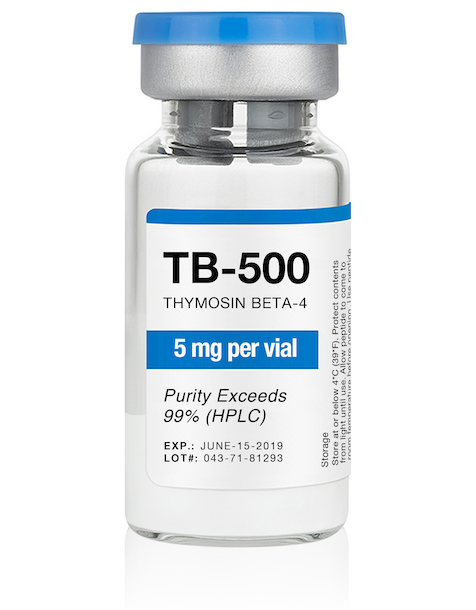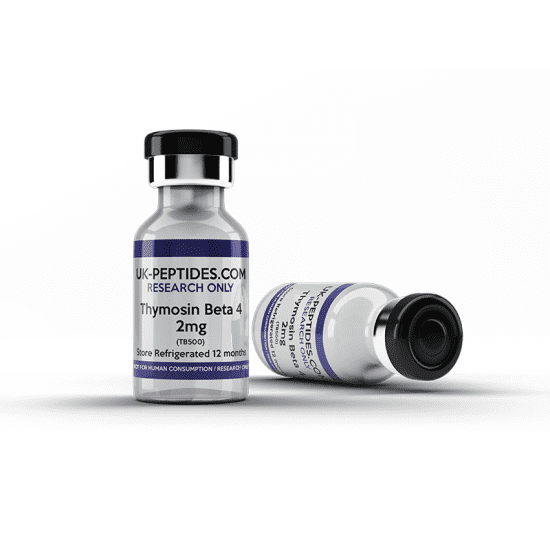Dq August Second Problem 2011 By Dataquest

- Ensure you have not over-heated your preservative (leaving something like Liquid Germall ™ Plus, with its maximum temperature of 50 ° C, in a warm car in the summer could be problematic), and make sure the pH of your formula is suitable.Watery products that aren't solutions frequently get their thickness from gelling representatives and periodontals like xanthan or hydroxyethylcellulose.If it's still looking good after 3 months, attempt making a more difficult cream (something with probably 2% colloidal oatmeal) and include that to your experiment rack.Before you choose what you desire "one part" to be, accumulate the number of "parts" in a recipe to see the number of there are so you don't accidentally make 2 kilos of lip balm.Or else you will almost always locate the most effective costs and selection and online.
If I Include One Water Having Ingredient To An Or Else Water-free Formula, Do I Require A Preservative?
For instance, increased focus of beeswax often tends to make products stickier/skiddier. I extremely advise seeking out the ingredients (specifically the emulsifying waxes!) in the Humblebee & Me Do It Yourself Encyclopedia. Some people think that if you're making an oil-in-water emulsion than you need to pour the oil into the water and the other way around.
Is This The Original Formula For The Store Got Item?
The formulations in guide were established as they are shared. This implies there are no fully-by-weight versions of the formulations, so I don't have some kind of record with by-weight variations I can share-- such a document does not exist. I checked all the tasks extensively and am confident they function as created and shared, despite the mild variants inevitable with quantity dimensions. There are numerous potential sources of contamination, consisting of poor production process, ingredients, and completion user.
If marketing is your objective, I 'd really recommend taking a full training course from an institution that will certainly show you not only solution, but the regulatory https://www.slideserve.com/camercwdzz/bpc-157-advantages-dosage-and-side-effects side of points. I have a Diploma in Organic Skincare Formula from Formula Botanica and they cover both of those areas; you can review my full evaluation right here. I likewise have a Diploma in Organic Hair Care Solution from Solution Botanica, however that course does not deal with regulatory demands as knowledge of them is a pre-requisite. So, felt confident that using a cream is never the exact same thing as eating it, and there is no reason to limit the components you use in your skincare to ones you would also consume. With all things, if you recognize something to be problematic for your skin that's a very various issue, however don't write off an ingredient simply because it has a high ranking. Also, keep in mind that clean off items are significantly much less likely to be comedogenic than leave-on ones, and comedogenic-ness is mosting likely to be lesser in something like a foot lotion than a face lotion.

There are also many different surfactants available, with various costs (anionic, cationic, and non-ionic), and these surfactants will certainly have different strengths and weaknesses. Compared to Caprylyl/Capryl Glucoside, soap is fundamental (as opposed to acidic-- harder on the skin), anionic (harder on the skin), and might require an additional solubilizer as soap isn't as good of a solubilizer is Caprylyl/Capryl Glucoside. Mould and other bacterial wasting become an issue when water (and time) is included. That includes emulsions (like creams), mists and sprays, and things that can be infected with water (like a scrub that resides in the shower). The shelf life of something with water will depend considerably on just how the concoction was prepared, exactly how clean whatever was, and how it is utilized and stored, so it is difficult for me to offer you any sort of life span estimate. Those things are very different, despite coming from the same plant (type of like the difference between steak and leather, in spite of both originating from a cow). If you were cooking and a recipe asked for cornstarch, you would not use corn oil rather. If a cookie recipe asked for cut walnuts, you would not utilize walnut oil instead.